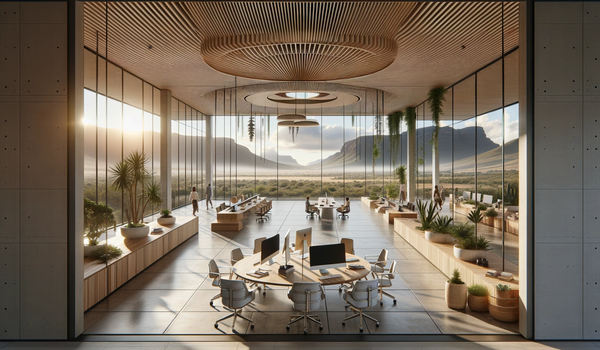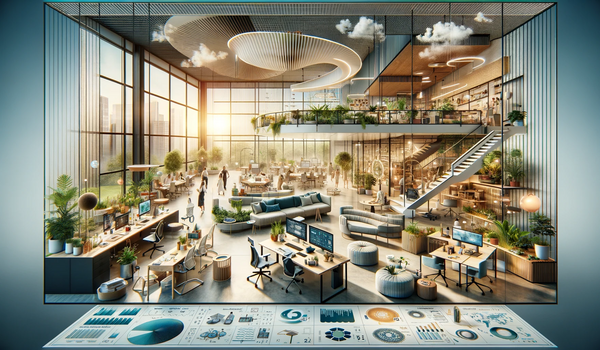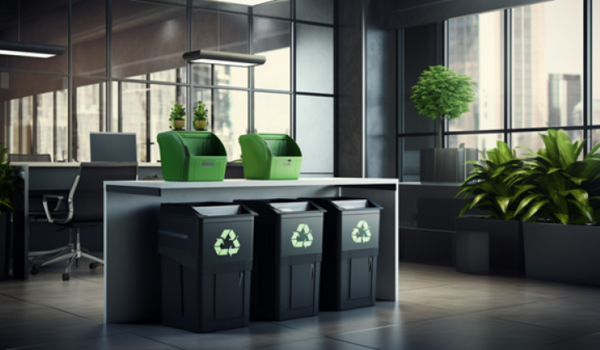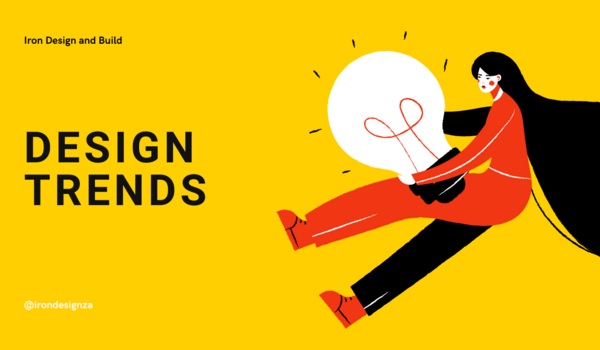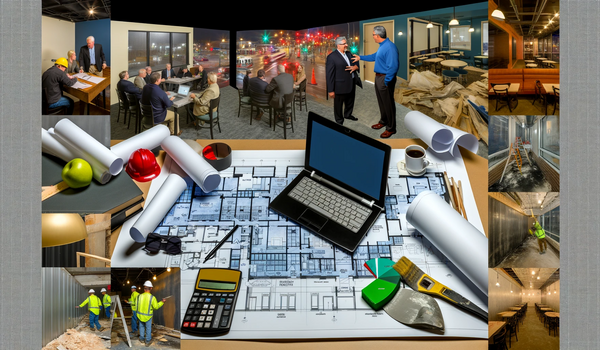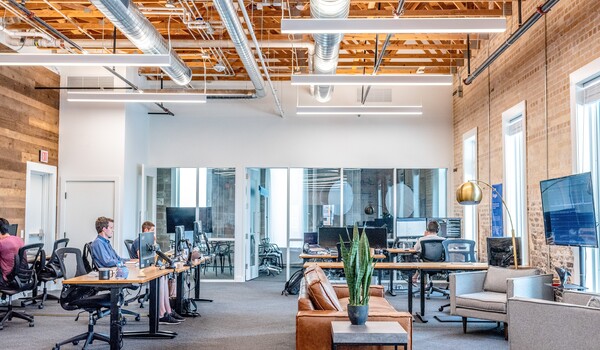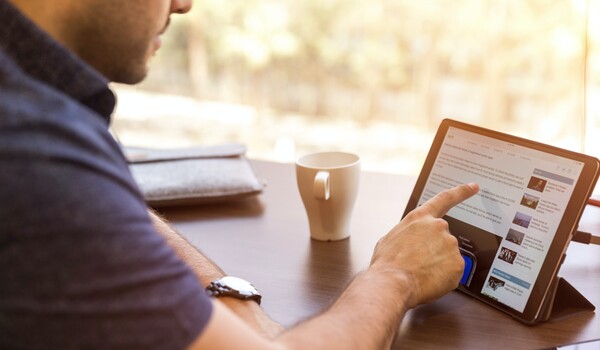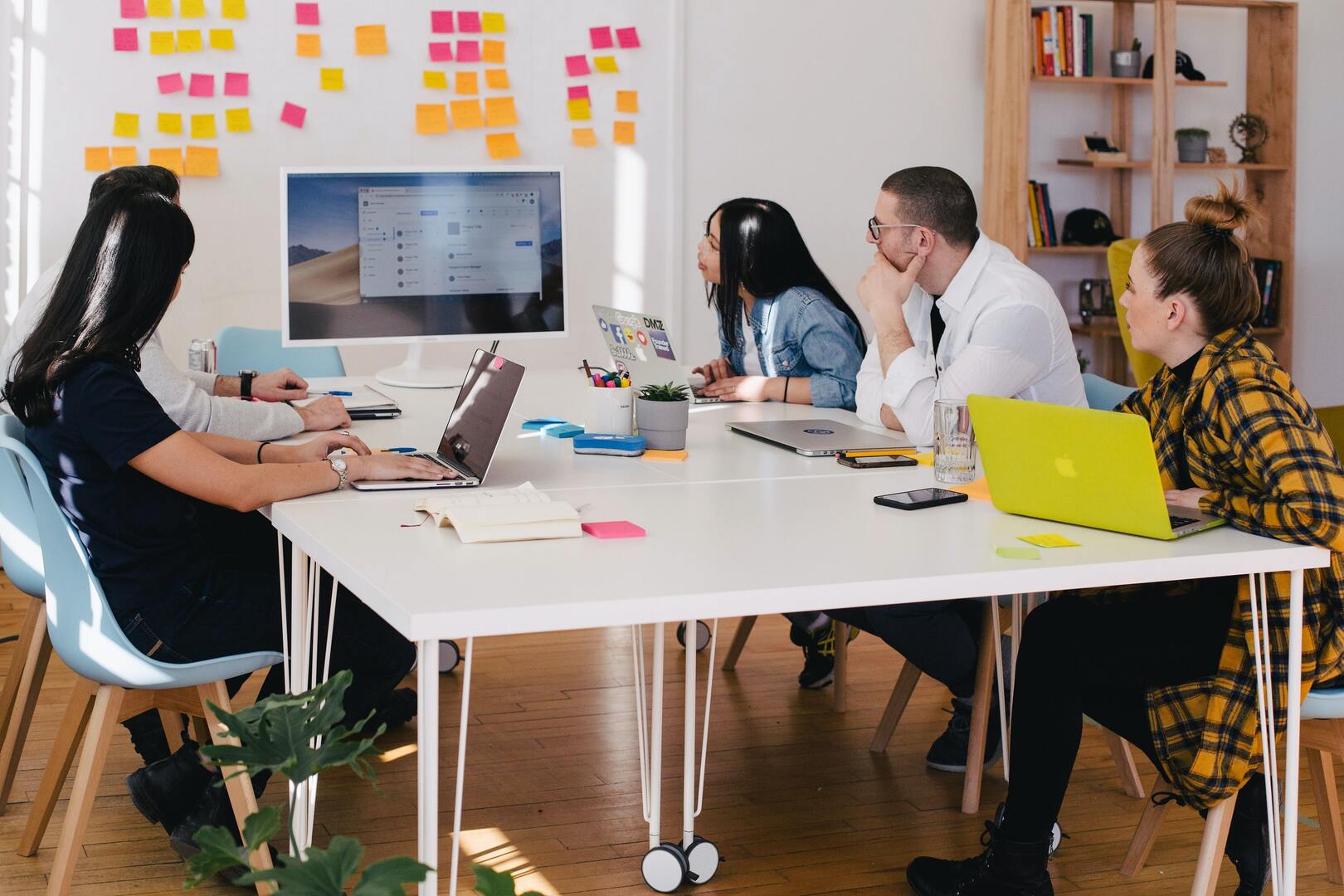
DESIGNING A WORKPLACE
Taking a look at what influences the design process for an office.
October 2021
In the last 20 years, the modern office has gone through a number of evolutions. The early 2000s saw the death of cubicle farms and the rise of open floor plans, and 2015 brought waves of ping pong and foosball tables to offices everywhere. While office trends come and go, one thing that does not change is the impact that the office environment has on employee health and wellbeing.
When designing a new office space for a client, there are some concepts we keep in mind. When using these concepts we can create workspaces where employees feel comfortable, safe, supported, and motivated. These concepts are:
- Considering office location and amenities.
- Understanding that workplace design significantly affects human behavior.
- Creating a productive and comfortable interior atmosphere.
- Facilitate collaboration among employees and supervisors.
Numerous other factors influence our design decisions, and no two companies have the same culture or work habits, but considering these points, we can create healthy workspaces.
Office location and navigation
When considering a new office space one should consider employee needs. The majority of employees consider aspects like proximity to home, clients, or industry partners to be the most crucial. Various other factors should be considered:
- Amenities (like restaurants, shops, or outdoor seating areas) within walking distance.
- Access to nearby public transportation.
- Close freeway access.
- Safe bike lanes or walking routes connected to the office.
- Flexible communal space both indoor and outdoor that can be used for informal gatherings and meetings.
- A palette of working spaces to choose from.
Understanding that workplace design significantly affects human behavior.
As soon as employees or visitors enter the space, they should feel the culture of the organisation. A well-designed office interior and space feel open and energizing. It inspires people to think freely and be more productive. When you nurture a positive culture using effective office architectural design concepts, you improve every aspect of workers’ day-to-day interactions.
Creating a productive and comfortable interior.
Interior workplace design affects human behavior significantly. Workers spend many hours at the office every week. If they only see the glare of their computer screens or the walls of their cubicles for days on end, then their motivation and productivity will eventually wane.
The importance of daylighting cannot be overstated. Countless studies have shown that allowing ambient natural light to permeate deep into the built environment has a multitude of benefits for the building occupants. Natural light improves mood, health, and productivity. We always try to ensure that all employees have access to natural light, planning the layout to not black natural light with rooms with little occupancy during the day.
Soft furniture and acoustical treatments prevent the office from getting too loud, even when people are discussing projects or socializing. Office spaces should be acoustically designed to absorb a fair amount of noise to allow for focus when needed, while social areas like dining halls can be much louder.
Facilitate Collaboration Among Employees and Supervisors
In the past, offices had a strict hierarchy. The executives would have large corner offices filled with natural light while other employees were stationed at the center, often inside of tall, poorly lit cubicles. This office design is a problem because it discourages collaboration. Executives don’t get to interact as often with their employees. Likewise, employees feel quite isolated when they only have one available space to work.
Regardless of which type of office you want to design, you should first go through a listening process with your staff. IRON design and build helps to facilitate this process and can advise accordingly. By the end of the process, we know exactly how to cater to every worker’s needs, support organisation culture and create spaces that retain employees.
By making the office environment more flexible, accessible, and intuitive, you’ll have happier productive employees.
Share insight:
